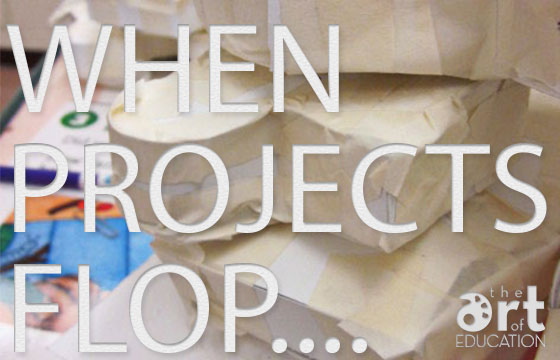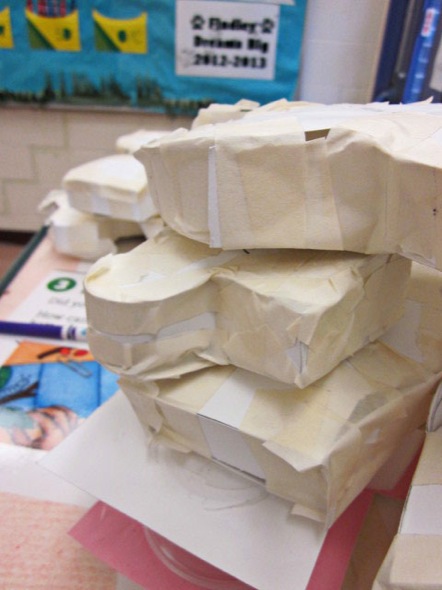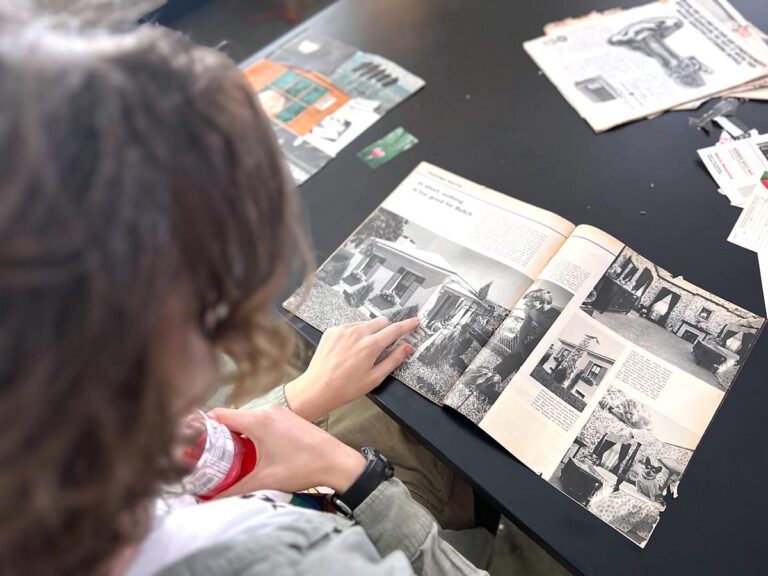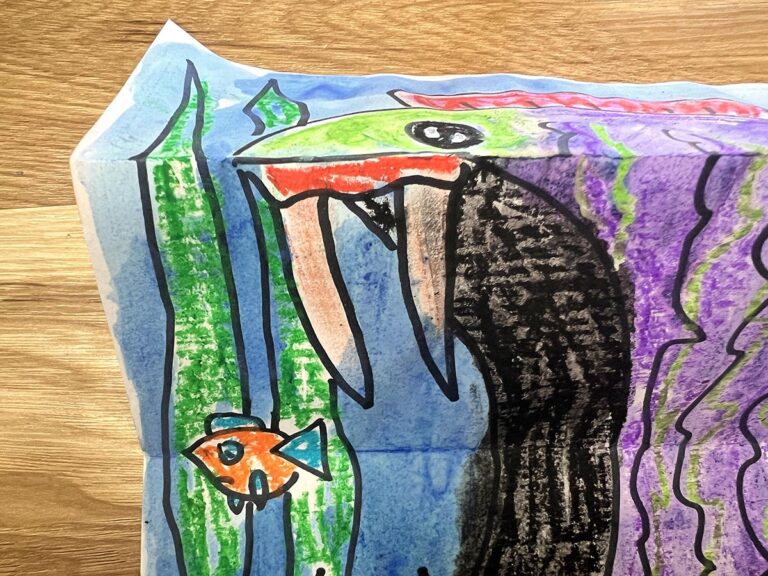We’ve all been there with our own personal projects a time or two: that moment when you say, “I give up!” But, what do you do when that moment comes with 30 students looking at you? Do you power through at all costs? Do you cut your losses and toss the remains of an unfinished project?
Can the feelings of failure and disappointment really become a worthwhile learning opportunity?

I recently had quite a lesson fiasco of my own that ended marvelously well without a finished product to show for it. Since then I have done a lot of thinking about why it all turned out so positively for both me and my students. This lesson involved creating 14 large-scale animal marionettes. I was working with a visiting artist on a tight time frame, the students were struggling with making two-dimensional cardboard into articulated three-dimensional creatures. It was a nightmare, I was going insane, my students were frustrated and disenchanted, and I chose to quit.
But, I felt the need to make the flop into a meaningful learning experience for everybody. How?
To begin with, you must be ok with things not finishing as planned. There comes a point when you will need to weigh your own personal need to see something through against the value in the learning experience for your students. Be ok with throwing in the towel and own it.
Here is the turning point, though, when the failure becomes a learning opportunity: you must share it with your students, I mean all of it.
Sit down, get on their level, and tell them exactly what’s up. If the lesson failed because of your mistake (I’ve created a few kiln bombs in may career too!) be prepared to fess up. Talk to your students like peers, let them know that it is all a part of the artistic process, then get their input. Ask your students what they think should happen next, and really listen to them.

If you decide the lesson must end, take some time to reflect as a teacher and a class.
Sometimes we teach beyond the brush and get to some life lessons in the art room, and this one can be a doozy! Don’t miss the opportunity to connect with your classes on this level. Are you ready for an advanced move? Share it with your school. Rather than post your perfectly finished work, put up a gallery of follies. Line the hallway with photos of your failed work along with short student writings about the lessons learned from a failed project. It may be the most important lesson you never planned on teaching.
How have you dealt with lessons gone awry?
What is your threshold for walking away from a project?
Magazine articles and podcasts are opinions of professional education contributors and do not necessarily represent the position of the Art of Education University (AOEU) or its academic offerings. Contributors use terms in the way they are most often talked about in the scope of their educational experiences.




